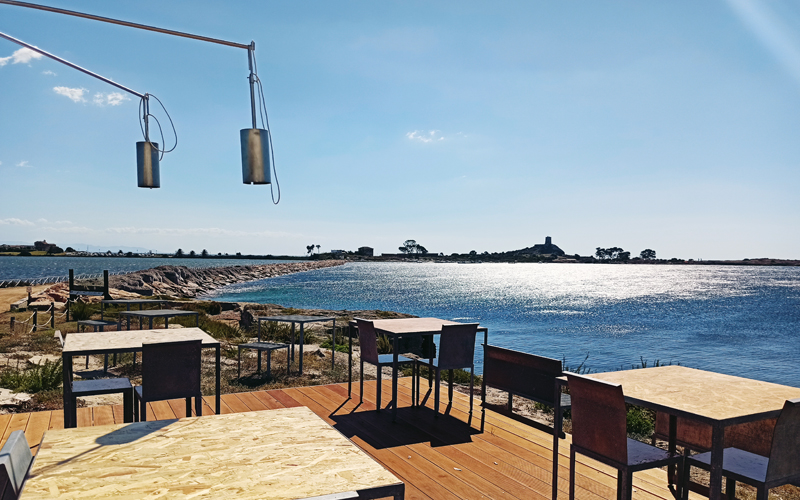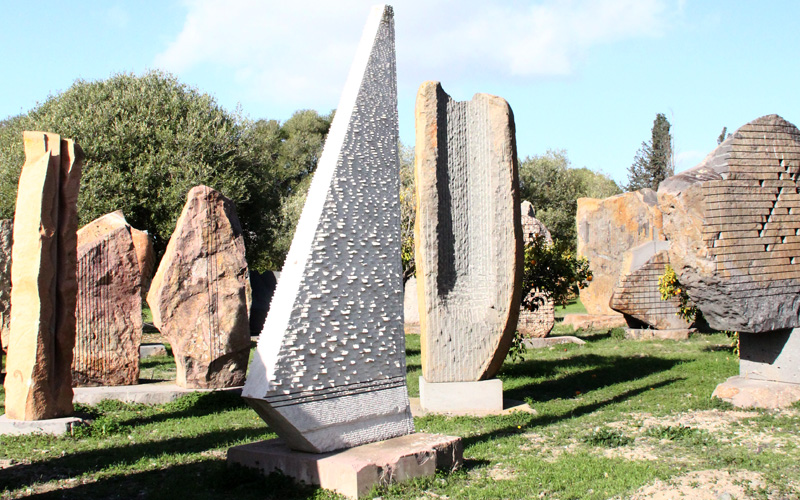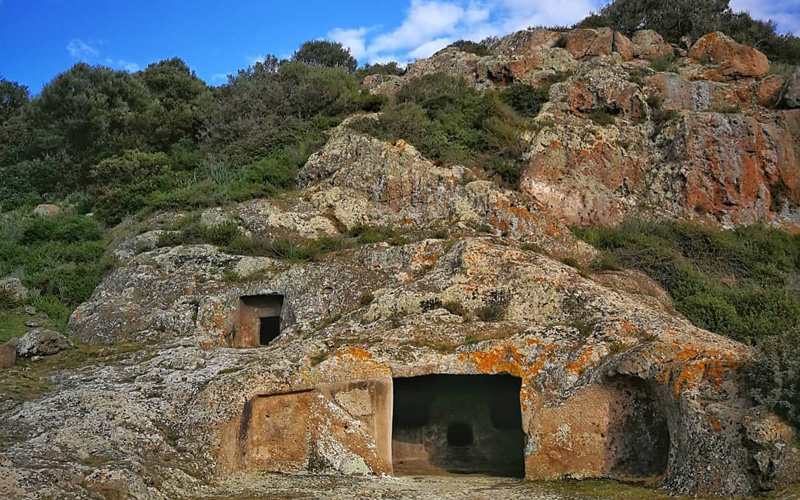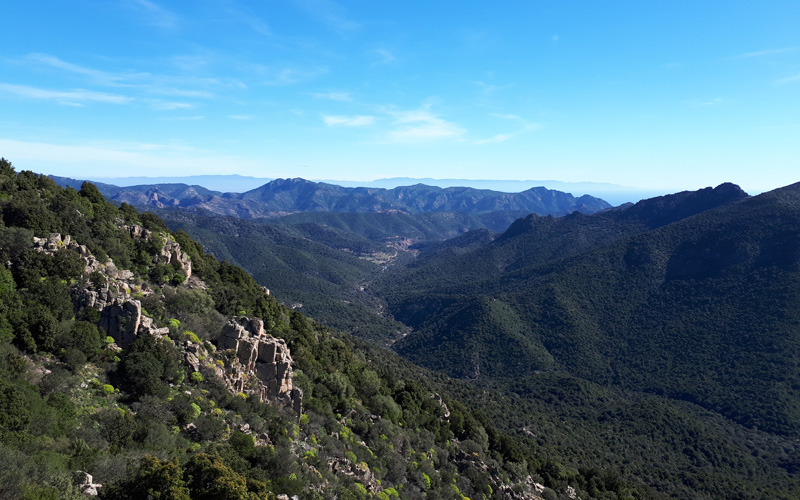The history of Sardinia can be traced back through the tradition of craftsmanship with its characteristics of particularity and quality that pursue the rules and techniques of the past. The fabrics, the tapestries, the carpets, the knives, the filigree jewels still retain the classic forms and decorative motifs, but always current that are appreciated all over the world as well as the traditional costumes of Sardinia.
The primordial Sardinian culture bases most of its roots on domestic work, in which the purely feminine activities, such as weaving, have been handed down to the present day from mother to daughter for centuries. Traces of the weights of ancient looms and weaving tools allow to date the earliest forms of weaving to the Neolithic. Later on, between the end of the 19th century and the beginning of the 20th century, each family was presumed to have its own loom that first vertical and then horizontal spread in many Sardinian countries. The influences and external contaminations have certainly left an imprint on the history of weaving in this region.
From the Byzantines, in particular we have inherited the floral decoration and depictions of horses and animal themes. The most used materials were wool, linen and cotton fibers and the colors were natural ones obtained from lentisk, carob and pomegranate. Speaking of tints, one cannot but speak of the traditional “mustras “, decorative representations on the fabric, different depending on the areas of the island.
In all there is talk of twenty different mustras, which all recall a different magical and traditional motif. The decorative groups are four: the first includes geometric motifs, the second floral and vegetable motifs such as pomegranate, olive and pine. The third group of Byzantine and Christian origin, includes the animal world: roosters, horses and the best known perhaps, the lapwing. The fourth group is instead made heraldic symbols such as towers, castles or lions, fruit of a medieval influence.
We all like it and we like it even more to make it appreciated by our customers, who will be able to admire the tapestries made in S. Antioco with the technique called “a punta de agu”, that is to say, in the Hall of ‘ Hotel Baia di Nora. Most of our rooms, however, are set up with the fabrics of the Samugheo Arte Tessile Company of, which in respect of traditional techniques is renewed with more modern designs and styles such as those that will become, perhaps one day, the symbol of our Structure and will keep you company during your holidays.





